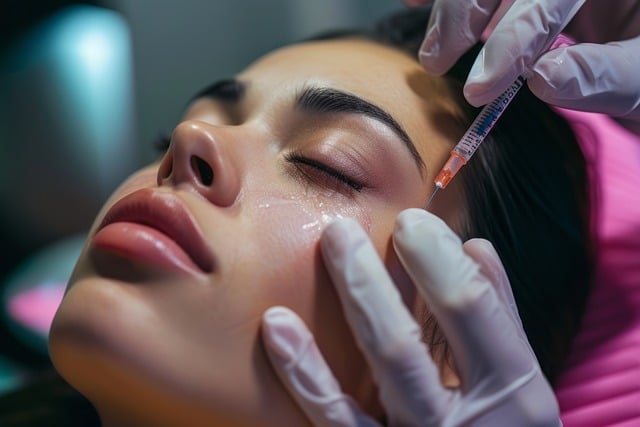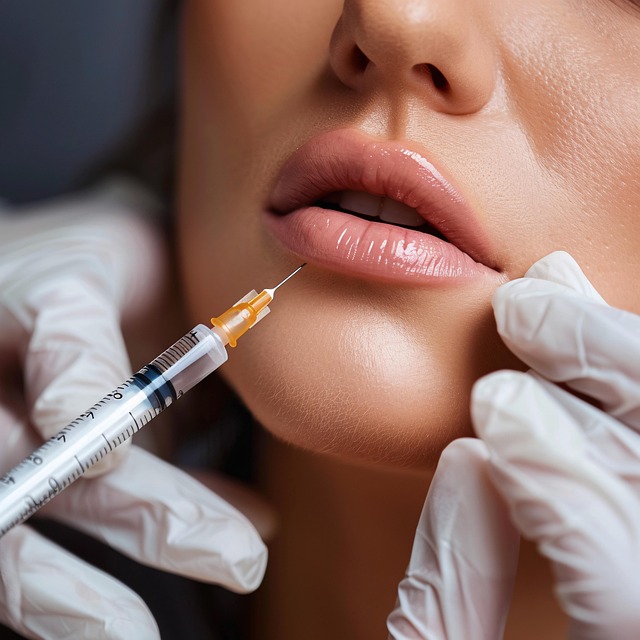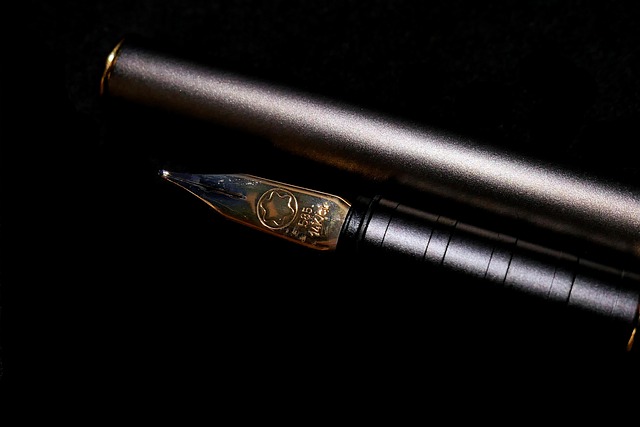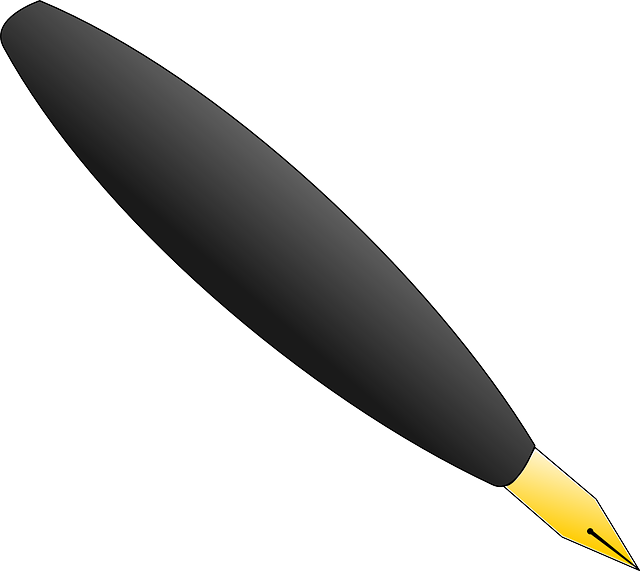This text compares Botox and dermal fillers as non-surgical treatments for forehead lines, highlighting their distinct approaches and benefits. Botox relaxes muscles causing dynamic wrinkles for temporary relief, while dermal fillers add volume to target both static and dynamic lines for longer results. The optimal choice depends on individual needs, budget, desired outcome, recovery time, and long-term maintenance preferences. Both treatments offer advantages, emphasizing the importance of consulting a dermatologist before deciding between Botox vs dermal fillers for effective aging sign reduction.
“Unwind the mystery behind affordable Botox treatments for forehead lines. This comprehensive guide explores the science behind Botox’s wrinkle-reducing capabilities and its role in soothing dynamic lines on your forehead. We delve into an extensive comparison with dermal fillers, shedding light on their respective pros and cons for a youthful complexion.
Learn key factors to consider when choosing between these popular treatments and discover practical tips on finding budget-friendly options, ensuring you make an informed decision that suits your needs.”
Understanding Forehead Lines and Their Causes

Forehead lines, often a concern for many individuals, are a result of various factors that contribute to skin aging. These vertical wrinkles between the eyebrows can be categorized into two main types: dynamic and static lines. Dynamic forehead lines are temporarily formed due to facial expressions like frowning or squinting, while static lines are permanent and develop over time due to underlying muscle activity and collagen breakdown.
When discussing treatment options, Botox and dermal fillers are two popular choices for addressing forehead lines. Botox, a neurotoxin, relaxes the muscles responsible for causing dynamic wrinkles, providing a temporary yet effective solution. On the other hand, dermal fillers enhance the skin’s elasticity by adding volume to the affected areas, targeting both static and dynamic lines. The choice between Botox and dermal fillers depends on an individual’s specific concerns, desired outcomes, and long-term goals, as each treatment offers unique advantages in smoothing out those telltale signs of aging.
The Role of Botox in Treating Forehead Wrinkles

Botox has emerged as a popular and effective non-surgical treatment for reducing forehead lines and wrinkles. Unlike dermal fillers, which add volume to the skin, Botox works by relaxing specific muscles that cause facial creases. By targeting the overactive muscle fibers responsible for dynamic wrinkle formation, Botox can significantly smoothen out fine lines and furrows on the forehead, providing a more youthful appearance.
When it comes to treating forehead wrinkles, Botox offers several advantages over dermal fillers. Firstly, it is a highly targeted treatment, minimizing potential side effects like asymmetry or an unnatural look. Secondly, the results are subtle yet effective, making it ideal for individuals seeking a natural-looking enhancement. Moreover, Botox treatments are typically less expensive than dermal fillers, making it an affordable option for those looking to combat signs of aging without extensive procedures.
Dermal Fillers as an Alternative to Botox

When considering non-invasive treatments for forehead lines, it’s essential to explore alternatives to Botox, especially if you’re looking for a more affordable option. Dermal fillers have emerged as a popular choice in the beauty industry, offering a competitive solution to Botox vs dermal fillers. While Botox relaxes muscles to prevent dynamic wrinkling, dermal fillers work by plumping and smoothing the skin’s surface.
Dermal fillers are injected into the skin, adding volume and reducing the appearance of fine lines and wrinkles. They provide immediate results and last for an extended period, typically 6-18 months, depending on the product used. This longevity makes them a cost-effective option compared to repeated Botox treatments. Moreover, dermal filler procedures are generally quick, non-invasive, and carry less downtime, making them an appealing choice for those seeking affordable skincare solutions.
Pros and Cons of Botox vs Dermal Fillers for Forehead Lines

Botox and dermal fillers are two popular non-surgical treatments for forehead lines, each with its own set of advantages and drawbacks. Botox, a protein derived from bacteria, temporarily paralyzes muscles, smoothing out dynamic wrinkles caused by facial expressions. Its effects last anywhere from 3 to 6 months, making it a cost-effective option for subtle results. On the other hand, dermal fillers enhance volume and elasticity in the skin, providing longer-lasting (up to 2 years) yet more dramatic improvements.
While Botox offers a natural look and minimal downtime, it may require repeated treatments over time. Dermal fillers, despite potential swelling and bruising side effects, provide instant results and are suitable for patients seeking more pronounced changes. The choice between the two depends on individual preferences, budget, and desired outcome, making consultation with a dermatologist crucial before proceeding with any treatment.
Choosing the Right Treatment Plan: Factors to Consider

When considering affordable options for treating forehead lines, it’s essential to understand that not all treatments are created equal. One of the primary decisions involves choosing between Botox and dermal fillers—two popular yet distinct cosmetic procedures.
Botox is a neurotoxin that relaxes muscles, reducing the appearance of dynamic wrinkles, including those on the forehead. It’s ideal for people with fine lines and furrows caused by muscle movement. On the other hand, dermal fillers enhance volume loss in the skin, making them suitable for deeper static lines and providing a more immediate result. Factors like budget, desired outcome, recovery time, and long-term maintenance preferences play a significant role in determining the best treatment plan.
Finding Affordable Botox Treatments: Tips and Resources

When exploring affordable Botox for forehead lines, it’s crucial to know that Botox and dermal fillers are two distinct options with different costs and effects. Botox is a popular choice for dynamic wrinkle reduction, particularly around the eyes and forehead, by temporarily paralyzing muscles. Dermal fillers, on the other hand, add volume and enhance facial contours by injecting hyaluronic acid or collagen into the skin. To find the best deals, compare prices across various dermatology clinics and aesthetic centers, as costs can vary significantly. Online platforms and reviews are valuable resources to gauge pricing trends and patient experiences. Additionally, keep an eye out for promotions, packages, and membership programs that offer discounted rates for regular clients or bundled treatments like Botox and filler combinations.
